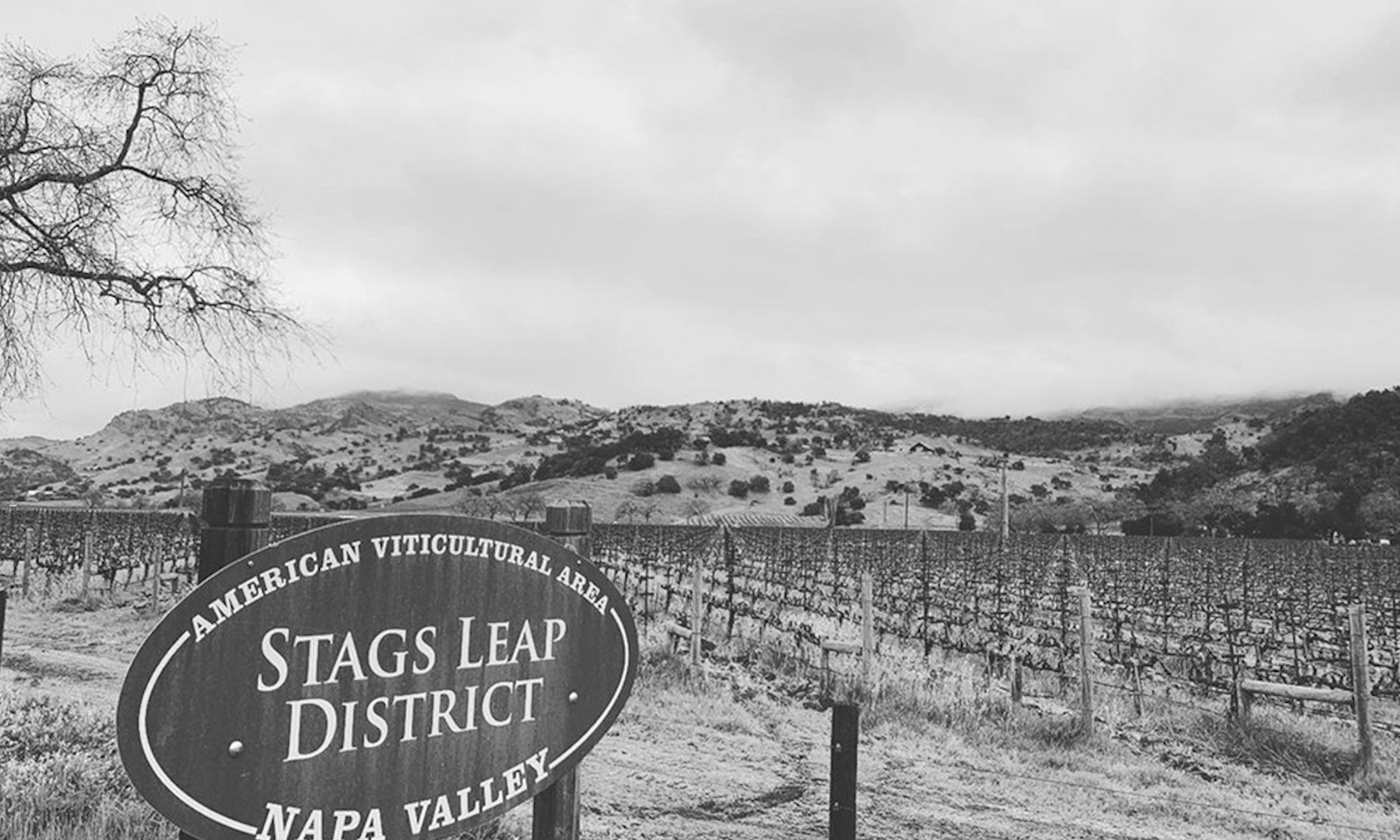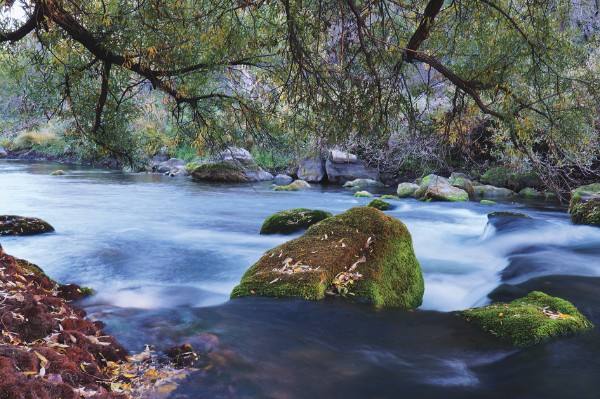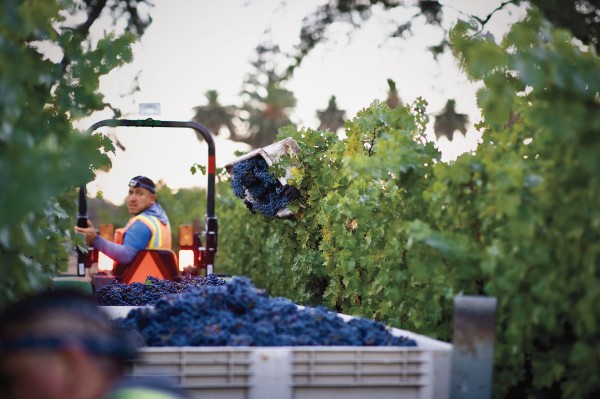People who think of Napa Valley as a uniform growing region—a land evenly endowed by Mother Nature to make luscious Cabs—don’t know Napa Valley.
In fact, although Napa Valley is a small area, just 30 miles long and five miles wide, it would be difficult to name another wine region with as much diversity in the shape of its land, how it was formed, the types of soil it offers, its climatic influences, range of altitudes and varied exposures to sunlight.
For example, pick a Napa Valley summer day. A Pinot Noir vine in the southern Los Carneros American Viticultural Area (AVA) of Napa Valley would likely be enjoying calcium-rich clay soil, cool marine breezes off San Pablo Bay, a fog-chilled temperature of about 75 degrees and a somewhat modest amount of warm sun. Meanwhile, a Zinfandel vine growing at the northern end of the valley, at the top of the Calistoga AVA, might be spreading its roots in balanced, loamy soil, basking in 12 hours of warm sun and 90-degree temperatures, followed by a nip of cold fog from a gap in the Mayacamas Mountains.
With such diversity in growing conditions, scores of different varieties of grapes grow in Napa Valley. More than 30 of those varieties each represent 10 or more acres of vineyards.
After Cabernet and Chardonnay, Napa Valley produces Merlot, Pinot Noir, Sauvignon Blanc, Zinfandel, Petit Verdot, Malbec, Cabernet Franc, Syrah, Petite Sirah and Pinot Gris. In some of the closer-in pockets and far-off reaches of the valley, there are more unusual grapes: Barbera, Grignolino, Mondeuse, Nero d’Avola, Grenache, Pinot Meunier, Tempranillo, Albariño, Grenache Blanc, Muscadelle, Malvasia Bianca, Pinot Blanc, Roussanne and Scuppernong, among others.
Not only can the valley produce a wide variety of grapes in its variegated topography, microclimates and soil types, but each of those grapes can be grown differently, depending on the particular terroir. Grape vines can be pruned a certain way to regulate how much sun the grapes get, vines can be irrigated and grape hang times can diverge greatly, depending on what’s happening in a particular vineyard and what a winemaker envisions for a certain wine.
Even Napa Valley’s soil has disparate qualities. Soils on the valley floor tend to be deep and loamy. Mountain soils are shallow and relatively infertile—the vines struggle and produce intensely flavored smaller berries. Soils toward Los Carneros tend to be calcium-rich clay.
The winemaking itself can also differ. Among the many methods winemakers use to capitalize on the attributes of a certain year’s harvest are lees stirring, malolactic fermentation and fermentation in neutral stainless steel, concrete vessels or oak barrels.
Unlike in Europe, vintners in Napa Valley can mostly grow what they want and craft their winemaking techniques according to what they think will be best for the individual grape of a particular site to produce a particular wine.
The result? An amazing variety of wines in an equally amazing diversity of styles.




